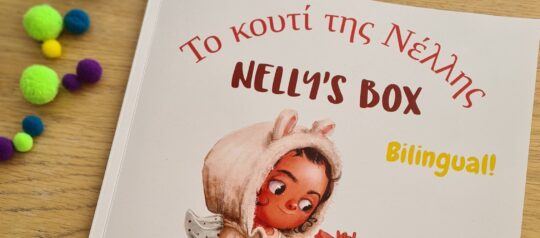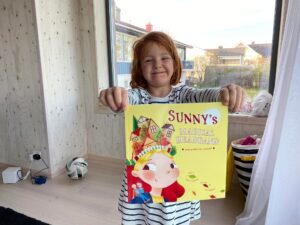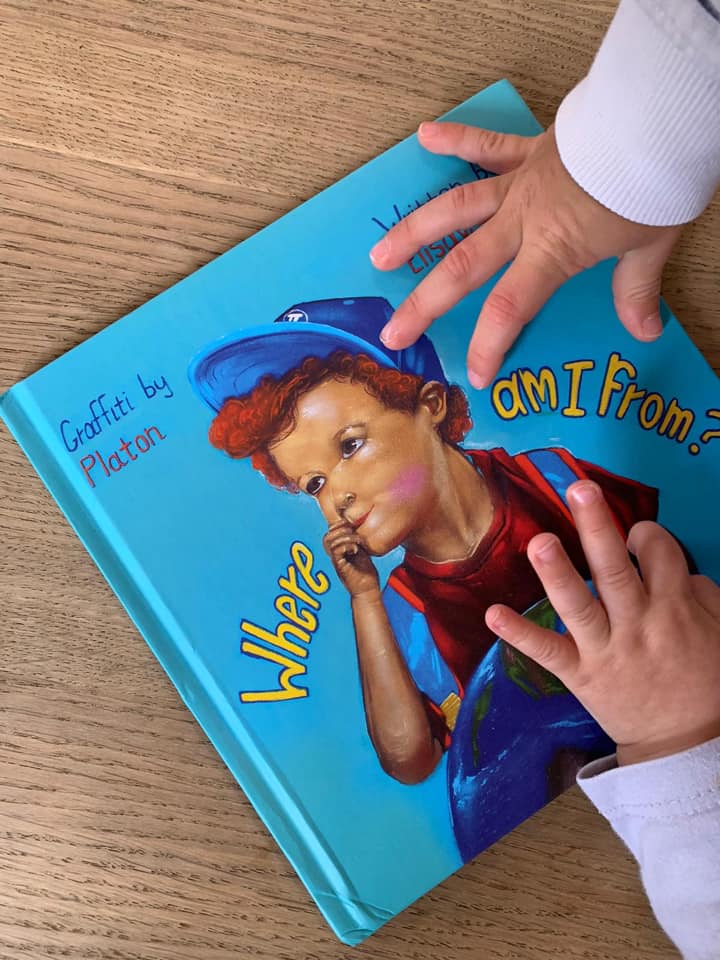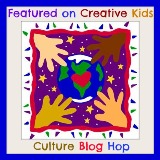My identity crisis growing up in numerous cultures
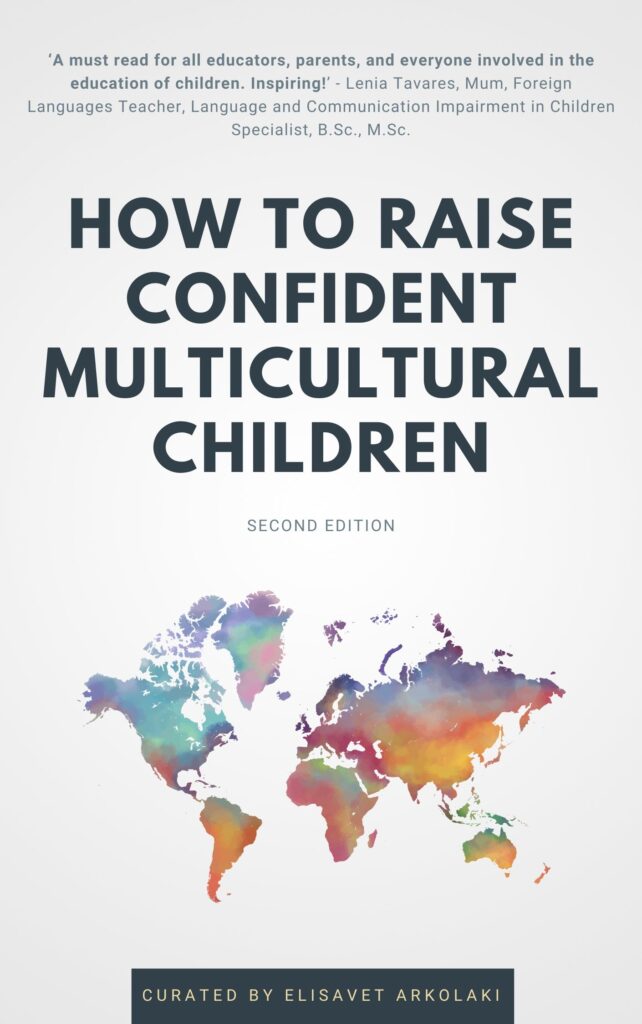
Chapter 3. My identity crisis growing up in numerous cultures by Yui Mikuriya
Click here for the index and access all the chapters.
My name, Yui, means “to connect” in Japanese, so perhaps because of that, I have always wanted to help connect people and bring cultures together. Have you ever heard of “third culture kids?” Well, that is exactly what I am. Let me tell you my story.
I was born in Japan. I loved going to school with my friends, and I thought this life would continue forever. But I was wrong. I was 7 when my parents decided to move to another country; France; and took me with them. I was too little to understand where France was, and I was amazed by the fact that my home country was not the only one in the world. I remember feeling afraid of going to a new place where I did not know anybody, not to mention my lack of language ability. My parents decided to put me in a local French school, where I had no way of communicating with any of my classmates. It didn’t help that we lived in the countryside. I was the only Asian at school and my family was the only Asian family in town.
However, I adapted quickly to my new environment. I was able to enjoy elementary school and slowly stopped feeling homesick. But life never got easy. I’ll never forget for instance my 8th birthday. My views on what I assumed to be universal societal norms were about to be challenged forever. I remember having to put on a brave face and ask my French friends to take off their shoes before they entered the house. This is the norm in Japanese culture, but my friends weren’t accustomed to doing so. However, my friends were not the only ones who had a hard time accepting another culture; I was just the same. When it was my turn to go to my friend’s birthday party, I was horrified to find her dad taking a nap on his bed with his shoes on.
I continued encountering harsh struggles.
As I walked down the street, older students from my school would yell out, calling me Chinese. I didn’t really understand it at first, so it was okay. As I grew older, I heard it more and more, but I never got used to people identifying me as “Chinese” or “Asian”. It felt like they were casting me out of their culture. I was an outsider, and I wasn’t welcome in their world.
I wanted to get rid of the features that made me look Asian. Maybe having blue eyes and blond hair like my friends could make me a member of the inner circle. But appearances cannot be changed that easily.
So, I worked very hard to soak myself in South-Western French culture despite my looks. And I did! My behavior became very localized. People often commented on how my French had a strong South-West accent. But no matter how hard I tried, I never seemed to perfectly fit in. This constant mental dilemma has been spinning in my mind throughout my childhood.
Eventually, I proudly proclaimed myself Japanese. This provided me with a comfort zone and protected me. But even though I embraced my Japanese heritage, my desire to assimilate into the French culture kept on growing bigger and bigger, occupying more and more space in my cultural identity. I slowly started losing my inherited Japanese self and I suffered a serious identity crisis.
This is why, after “living abroad” for 10 years, I decided to come back to Japan. I thought that I could finally live a simpler life being a part of just one culture where I belong. At long last, I could escape from being a third culture kid and be “normal”. But I was wrong again. People didn’t accept me as Japanese here anymore. In the place that I had always believed to be my true home, people considered me an outsider. There was no place for me where I could perfectly fit in. I realized that no matter where I go, I will always be considered someone who doesn’t really belong.
If so, why not celebrate me in all my third culture kid glory?
When we look at a glass filled halfway through with water, some will see it as half empty whereas others will see it as half full. This realization was the turning point in my way of thinking, and it helped me redefine my sense of self. I realized that I was not half empty. Rather, I am half full! And I possess two of these half-full glasses, a French and a Japanese one, each filled with its own blend of colors! Despite having all these identity crises, I am now able to establish my very own identity. I no longer feel that I have to choose one over the other. I am French, and I am also Japanese.
So, at that point in life, I knew I had to do something that was unique to me and my experiences. My contribution to this society was a service project called the “Hokusai Ambassador Project”, which I started alongside the Sumida Hokusai Museum in Tokyo to accommodate French visitors. Hokusai is arguably the most famous Japanese artist from the 19th century, who has inspired Monet, Van Gogh, and many more, as well as me. The first time I visited the Sumida Hokusai Museum, I heard many people speaking French, which reminded me of the popularity of Hokusai and Japanese culture in France. So, out of curiosity, I asked the staff which foreigners most frequently visited, and I was told, French.
Much to my surprise, the exhibition contents were only in Japanese, English, Chinese, and Korean, even though French people were the most common visitors. I asked the museum why this was the case, and why even the translations in English were lacking detailed information, let alone the absence of French. I received no proper feedback and it seemed that a basic literal translation was all that could be provided due to a lack of cultural understanding as well as affordability in the translation industry. I was met with a problem directly staring me in the face that only someone like myself, with a profound understanding of both French and Japanese cultures, would be able to solve it. I decided that I wanted to make a change to help visitors striving to learn more about the culture of my home country, Japan. In this case, it was French, due to my language ability and my strong connection with France.
Moreover, I was invited in 2019 to talk about my challenges in a TEDx speech, titled Third culture kid? NO, no, no! Bridging Kids. I introduced this new term, bridging kids, to describe TCKs in a new light that focuses on our capabilities. It’s an inclusive term for millions of kids out there who like me are the melting pots of more than one culture. We are the Bridging Kids. Children who will, later on, turn into adults who can bridge gaps between cultures, adults who will be capable of feeling at home everywhere. Now, thanks to this new way of thinking, I am able to confidently step out into this world as a Bridging Kid and serve to create bridges in this divided society. I also hope to make bridges for others to follow. In the future, I see myself using this skill of Bridging, to not only bridge cultures and people, but to bridge different fields of studies, such as Physics and Politics, two subjects I am currently interested in.
Chances are that you, the reader, are a TCK and/or you are raising a kid amongst cultures. Please cherish the moment of realization that the “lack of belonging” kids like us might feel growing up in a multicultural environment, becomes an element of our complete identity later on in life and an anchor to the whole wide world. What we feel like we’re missing out in our early years, later on, becomes the essence of our identity.
If you also have a kid who struggles in life with their different cultures, please remind them of the unique opportunities that come hand in hand with the adversities. Embracing all the cultures that belong to her, will in time enable her to take action and bridge cultures. Bridging cultures can eventually help change our world for the better.
NEXT CHAPTER: Why urging our children to embrace different cultures and learn different languages matters
Click here for the index and access all the chapters.
Category: Uncategorized

